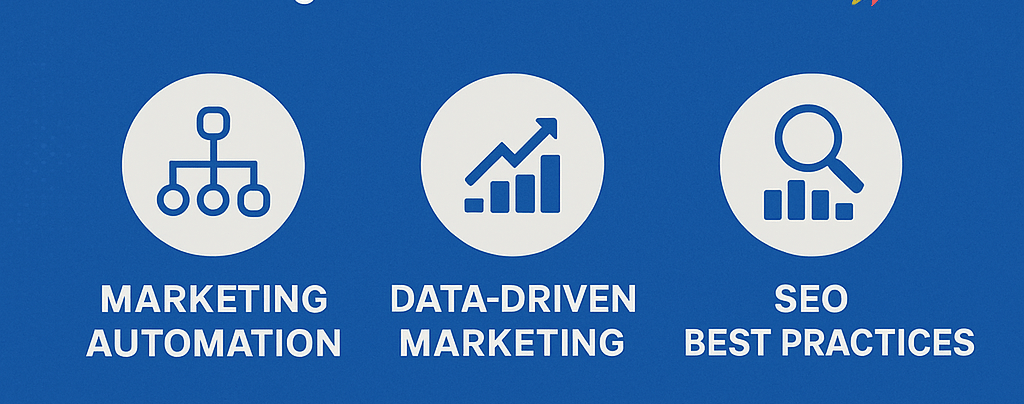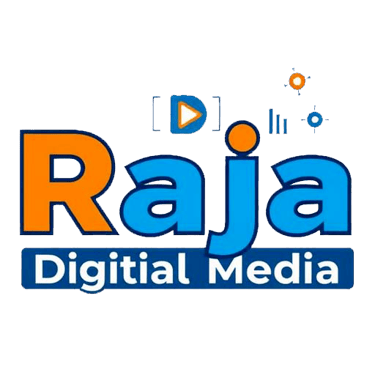How to Reduce Digital Noise & Improve Digital Marketing Performance
Raja P


How to Reduce Digital Noise & Improve Marketing Performance
Introduction
In today’s digital world, we are bombarded with information from all directions. Social media, emails, online ads, and countless digital tools constantly compete for our attention. While technology has made it easier to market businesses, the overwhelming amount of options can create confusion and inefficiency. For digital marketers and business owners, the key to success lies in cutting through the noise and focusing on what truly works.
In this article, we will discuss how to eliminate distractions, streamline digital marketing strategies, and prioritize efforts that yield the best results.
Understanding Digital Noise
Digital noise refers to the overwhelming influx of information, advertisements, notifications, and online distractions that make it difficult to focus on meaningful tasks. This noise comes from various sources such as:
Social media platforms
Email marketing campaigns
Online advertisements
Search engine results
Unverified marketing trends
Various marketing tools promising better ROI
While some of this information is useful, much of it leads to decision fatigue and wasted resources. Instead of trying to keep up with every new trend, successful marketers focus on tried-and-tested strategies that generate results.
How to Cut Out the Digital Noise
1. Define Your Goals Clearly
Before diving into any marketing effort, you need to have clear goals. Are you looking to generate leads, boost brand awareness, or increase sales? Having a well-defined objective helps filter out unnecessary marketing tactics that don’t align with your goals.
2. Choose the Right Marketing Channels
Not all platforms are necessary for every business. Instead of being everywhere, focus on the channels that bring the highest engagement and conversions. For example:
If you are running a B2B business, LinkedIn and email marketing might be more effective than Instagram.
If your business sells products to young audiences, Instagram and TikTok may be more useful than LinkedIn.
Analyze your target audience and concentrate on the platforms that work best for them.
3. Avoid Shiny Object Syndrome
The digital marketing industry constantly introduces new tools, platforms, and trends. While some innovations are beneficial, others may be just distractions. Avoid jumping from one tool to another without proper evaluation. Stick to what has been proven to work until you have the resources to experiment.
4. Automate and Simplify
Marketing automation can help cut down on time-consuming tasks and reduce digital clutter. Here are a few ways to automate and simplify your marketing:
Use email automation to nurture leads
Schedule social media posts in advance
Automate customer support with chatbots
Use analytics tools to track performance efficiently
By automating repetitive tasks, you free up time to focus on strategy and growth.
5. Focus on Quality Over Quantity
Many businesses make the mistake of producing excessive content without focusing on quality. Instead of pushing out daily posts with little value, focus on creating high-quality, engaging content that truly resonates with your audience. Well-researched blog posts, informative videos, and valuable social media updates will yield better engagement than frequent low-quality content.
6. Use Data to Make Decisions
Many businesses waste money on marketing strategies that don’t deliver results. Instead of guessing, use data to drive your decisions. Analyze metrics such as:
Website traffic and conversion rates
Social media engagement and follower growth
Email open and click-through rates
Return on investment (ROI) for paid advertising
By tracking performance, you can identify what works and focus on improving those areas while cutting out ineffective strategies.
7. Set Boundaries for Digital Consumption
It’s easy to get lost in endless scrolling and information overload. To maintain focus, set boundaries on digital consumption:
Limit time spent on social media
Unsubscribe from unnecessary email lists
Use productivity tools like website blockers to avoid distractions
Schedule time for digital detox and creative brainstorming
When you reduce unnecessary digital input, you can focus on meaningful business growth.
8. Build a Strong Marketing Strategy
A well-structured marketing strategy helps filter out distractions and prioritize efforts. Your marketing strategy should include:
Target audience research
Content marketing plan
Paid advertising strategy
Lead generation tactics
Performance measurement techniques
With a clear plan in place, you can stay focused on efforts that deliver results instead of getting lost in digital clutter.
Conclusion
In a world overflowing with digital noise, focusing on what works is the key to success. By setting clear goals, choosing the right marketing channels, automating tasks, producing quality content, and making data-driven decisions, you can eliminate distractions and maximize your marketing efforts.
Instead of chasing every new trend, concentrate on proven strategies that align with your business goals. Cutting out the digital noise will not only improve productivity but also enhance your overall digital marketing performance. Start implementing these tips today and watch your business thrive!
